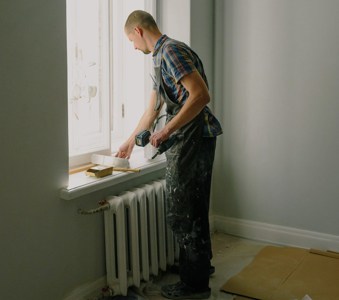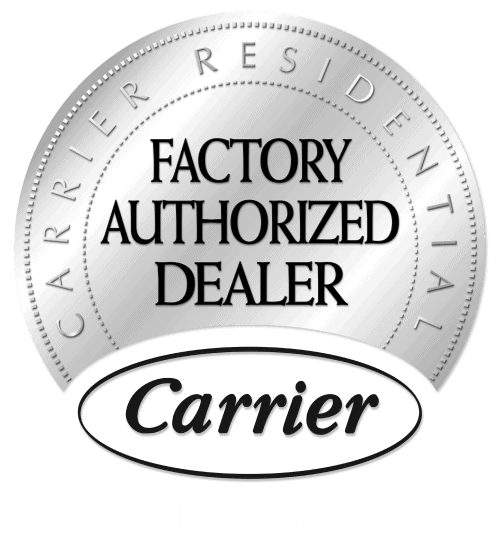Preventive maintenance for your gas furnace goes a long way in defining its functional potential. The furnace of your HVAC system deserves professional care, given that this component is the heart of the appliance. Our trained experts at Hurliman Heating carry out routine maintenance and clean the furnace thoroughly. With professional assistance, you can enhance the longevity and performance of your system.
Keeping your HVAC system’s furnace clean is the secret to avoiding emergency repairs. A dirty furnace would prove to be expensive, consuming more fuel as it lacks efficiency. Moreover, we also prioritize cleaning all the aspects and individual parts of the furnace, like the heat exchanger, blower, and filter system. Let’s explore how we clean the furnace in detail.
How often do you need to clean your furnace?
Whether using an oil or gas heating system, your furnace requires professional attention at regular intervals. This is particularly true for combustion systems to keep performing consistently. We highly recommend getting your furnace cleaned before the chilly winter nights set in. Typically, you need to hire our professional furnace cleaning services twice a year.
Apart from the annual inspection before the fall, we carry out a tune-up as a part of our routine maintenance services. Failing to follow up on the maintenance can even amount to hazards like carbon monoxide poisoning.
7 steps to clean your furnace
We have outlined our tried and tested strategy to ensure the effective cleaning of HVAC furnaces.
1. Shut down the HVAC system
First, you need to disconnect the fuel supply and the electrical power to the system. Generally, the power plate is located around the cellar stairs. You can detect it by its distinctive red color. Alternatively, this red switch would be located somewhere close to the burner. Check the incoming gas pipe or the oil tank to locate the fuel shutoff valve.
2. Work on the combustion chamber
The combustion chamber is the powerhouse of the furnace, where the air and fuel mix to produce heat. The reaction also generates water vapor, soot, and carbon dioxide. The accumulation of excess soot can also corrode the chamber walls. So, it’s crucial to keep this component of your HVAC system clean.
Our technicians use a small wire brush to scrape the carbon accumulations in the chamber. We also carry an industrial vacuum cleaner to remove the loose material. Next, our experts inspect the chamber for any potential holes arising due to corrosion.
3. Flue pipe inspection
The exhaust flue might have holes that can potentially leak toxic gases like carbon monoxide. We inspect the area where the furnace meets the pipe. If the holes are small enough, our technicians can patch them using foil tape. However, if the flues are corroded, we replace them.
Next, you need to get the barometric damper of the flue pipe adjusted. In case your house is old, and you have a tall chimney, the system would suck in excess air. This can lead to a compromise in the efficiency of your HVAC system. With professional eyes, we check all the settings around the system to optimize its performance.
4. Oil filter replacement
If you have an oil-powered HVAC system, you need to get the oil filter replaced during the annual inspection. This oil filter prevents small impurities from clogging the nozzle of the oil burner. Otherwise, the HVAC system can shut down following a misfire.
Firstly, the experts close the valve and replace the old filter. We strictly adhere to the local regulations for disposing of hazardous wastes while treating dirty filters.
5. Air filter replacement
Once winter sets in, it won’t be easy to get your air filters replaced. Thus, it is advised to get them changed just before winter. After all, you would not want your family to inhale unhealthy air.
Replacing the air filter is pretty easy. During the process, our technicians also inspect the tension and wear of the belt. Remember, the blower can become slow if the belt is loose. This would eventually reduce the efficiency of your HVAC system. In case you press the belt and the deflection exceeds three-quarters of an inch, we slide the motor backward to adjust the same.
6. Examining efficiency and burner adjustment
We deploy a foolproof combustion analyzer to detect the furnace’s efficiency. During the process, we assess the gases present in the exhaust flue. Our experts also make necessary adjustments in the air gates of the burner. This ensures that the system gets a proper air-fuel ratio. A faulty setting might also lead to incomplete combustion.
Next, we replace the oil nozzle that atomizes the fuel before the ignition. The experts also inspect the color of the flame, as well as its shape. Whether your furnace runs on oil or gas, these settings indicate how well the fuel is combusting. We also vacuum clean the burner tubes in gas HVAC systems.
7. Cleaning the system’s floor vents
During our pre-fall HVAC maintenance service, we remove the floor registers of the system. This enables our technicians to clean the ducts by vacuuming them. In the process, we eliminate unwanted objects from the ducts, like food scraps, small toys, dust, and hair. The presence of these objects in your ducts can rob the system of its efficiency. Ultimately, homeowners are intrigued to crank the heat up. Besides, the presence of debris in the indoor air is not a good sign for your health.
Endnote
Scheduling an HVAC inspection before the fall is crucial, as you expect your system to work to its full potential to make your indoors comfortable. As a part of this service, we work on the furnace, blower, heat exchanger, and other system components. Besides, our experts clean the surrounding areas, ensuring no objects or debris choke the air system.
Feel free to reach out to our experts at Hurliman Heating for professional HVAC maintenance services. We would be glad to boost the operational efficiency of your system.





